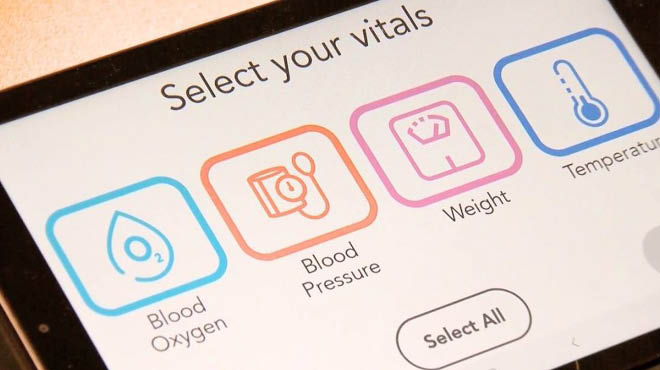Tips for wearing a mask while exercising

Wearing a mask is one way to slow the spread of infectious diseases, including COVID-19. Yet many people see a mask as a potential barrier when attempting to exercise, particularly when away from home.
Whether you're already comfortable wearing a mask while exercising or hesitant about exercising with a mask on, these questions can help you decide the safest way to approach staying active.
This information relates to adults who are capable of self-monitoring during exercise:
Is it safe to wear a mask while exercising?
Yes, it's safe to wear a mask while exercising. New research has shown that your heart rate, respiratory rate, blood pressure, oxygen level and time of exhaustion are not significantly affected by wearing a mask during moderate to strenuous aerobic physical activity.
Depending on the activity, is there a preferred type of mask that I should wear?
Cloth masks or masks made of a moisture-wicking material, such as polyester, typically work well. Mask material should be no more than two layers thick or less. Unfortunately, surgical masks may break down, as they become wet from sweat and increased exhalation that occurs during exercise.
Aside from the mask breakdown, the use of surgical or N95 respirators has been found to be safe with minimal effects on major performance factors, such as heart rate, respiration rate, blood pressure and oxygen saturation (SO2) during aerobic training.
Previous studies of wearing N95 respirators while active have shown that there can be changes in body temperature, increased breath resistance and some discomfort. While not dangerous or affecting overall performance, these responses should be considered when choosing the style of mask that is right for you and your needs.
Also, you may want to consider having a spare mask on hand to replace a damp mask. A great way to maintain good hand hygiene when changing masks is to carry a travel-size container of hand sanitizer with you.
Will wearing a mask affect my exercise performance?
No. Research has determined that surgical masks and cloth masks have no effect on time to exhaustion or peak power.
Who should not use a mask while exercising?
It is safe to wear a mask while exercising for most people. However, if you have a chronic lung disease, such as chronic obstructive pulmonary disease, mesothelioma or pulmonary hypertension, talk with your healthcare provider before attempting any physical activity while wearing a mask.
What should happen when exercising with a mask on?
You may feel awkward or uncomfortable the first time you wear a mask while exercising. This is normal and may be similar to how you felt wearing a mask at work, school or while shopping. These feelings should decrease over time. Overall, you can expect no difference in your aerobic or anaerobic performance.
If you start to feel any of these symptoms while exercising, stop and take a break until they subside:
- Overall discomfort
- Fatigue
- Dizziness
- Headache
- Significant shortness of breath
- Muscular weakness
- Drowsiness
If your symptoms continue or worsen, stop the activity. In serious cases, seek medical help.
Jeremy Amundson is a licensed athletic trainer in Sports Medicine in Eau Claire, Wisconsin.
This post was updated on Jan. 6, 2021, to reflect newly published research. The information is accurate at the time of its posting. Due to the fluid nature of the COVID-19 pandemic, scientific understanding, along with guidelines and recommendations, may have changed since the original publication date in September 2020.




